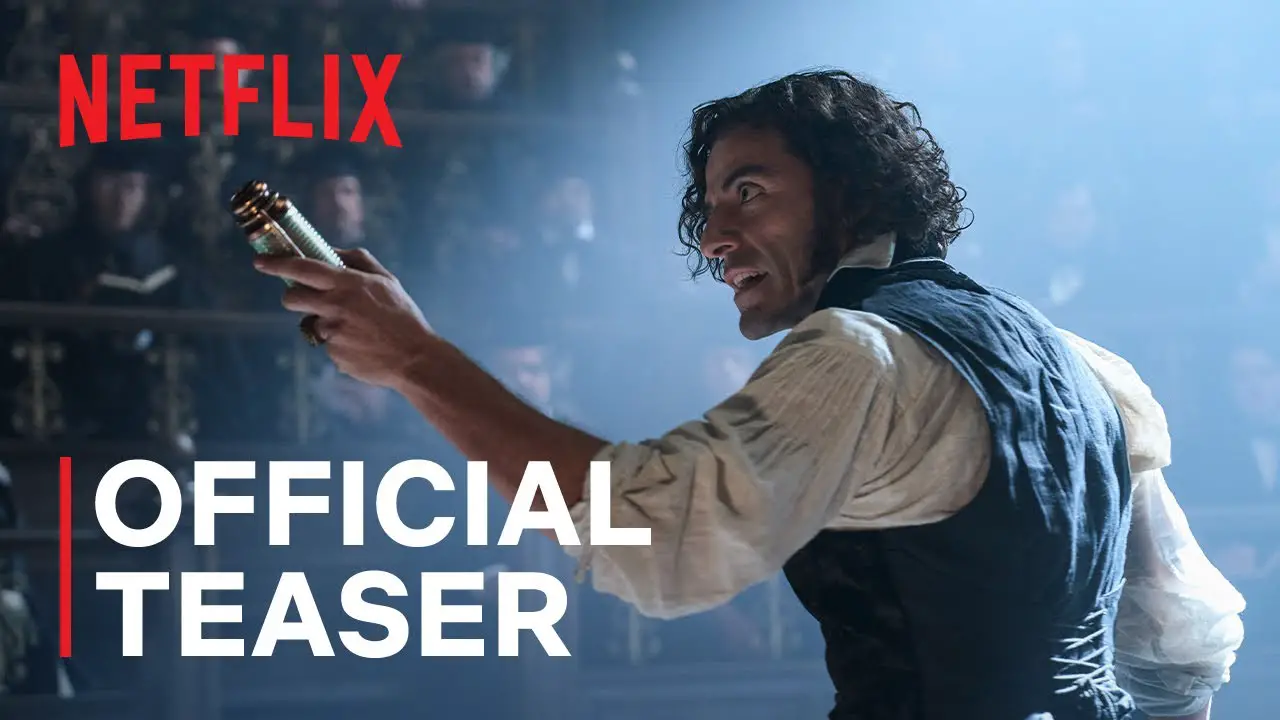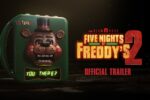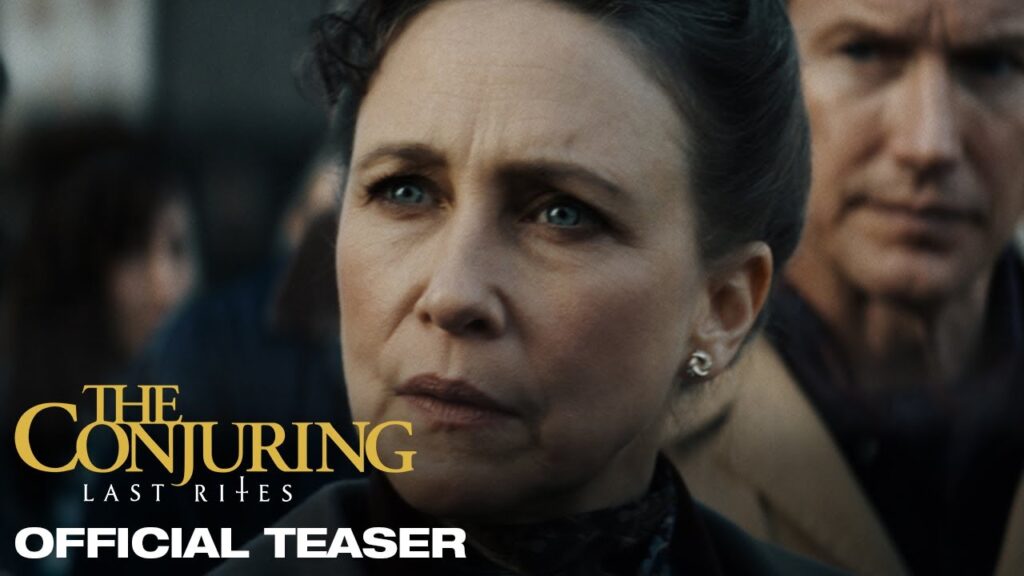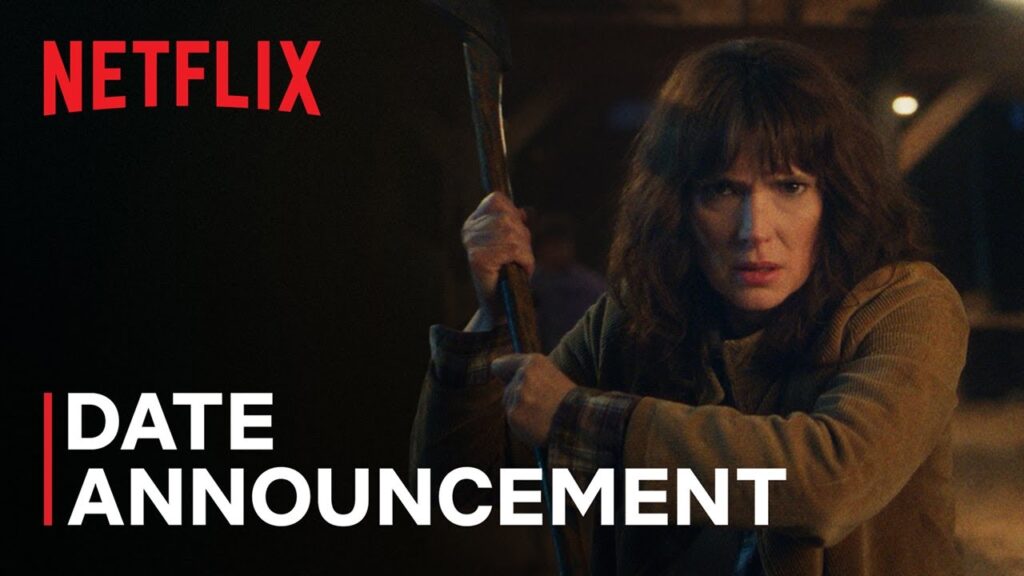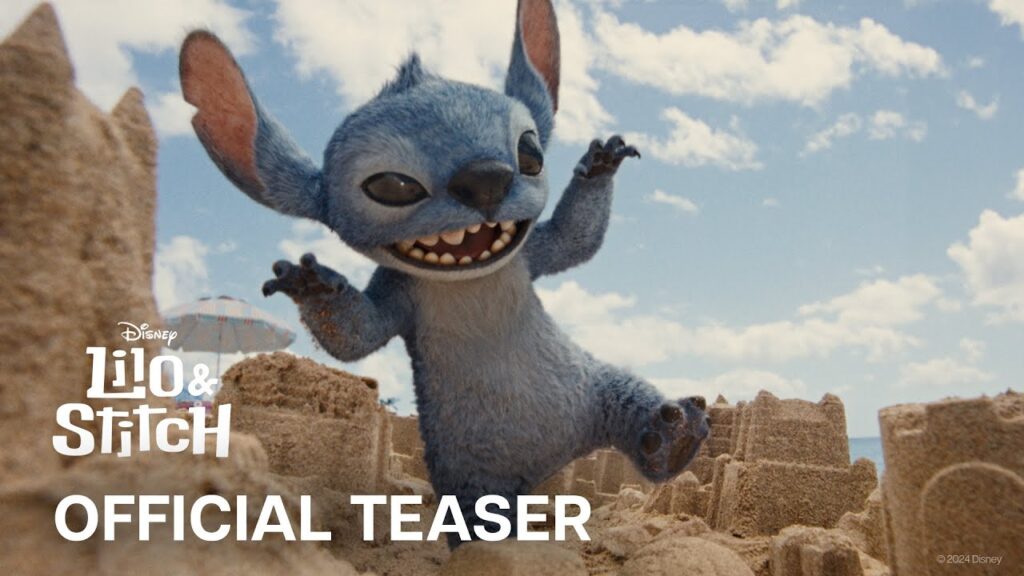Frankenstein Movie 2025 Bapamtv Review Details
Guillermo del Toro’s Frankenstein (2025) Movie Review
Soundtrack and Score: The Heartbeat of a Gothic Tale
In Guillermo del Toro’s Frankenstein (2025), the soundtrack is more than background—it’s a living, breathing presence.
The original score by Alexandre Desplat weaves seamlessly with the visual and emotional texture of the film.
His compositions mirror the Monster’s longing and the emotional void left by Victor’s ambition.
Musical Themes and Motifs
Recurring motifs represent emotional arcs:
- A soft piano melody echoes the Monster’s loneliness.
- Dissonant strings represent Victor’s inner torment.
- Choral arrangements arise during moments of creation and destruction.
These motifs help guide the audience emotionally, even in scenes with minimal dialogue.
It’s music that speaks when characters cannot.
Orchestration and Instrumentation
Desplat uses a mix of traditional orchestration and gothic elements.
String sections dominate the score, offering sweeping emotional highs and delicate sorrow.
The inclusion of pipe organs, harpsichords, and ambient soundscapes enhance the gothic feel.
At times, silence is used powerfully—pauses that heighten tension or offer space for emotion.
Scene-by-Scene Musical Impact
In the creation scene, thunderous timpani and low brass signal the unnatural triumph of science over morality.
When the Monster gazes at nature for the first time, a tender violin solo underscores his wonder.
During a tragic confrontation near the film’s end, rising strings and a distant soprano cry mark the point of no return.
Each key moment is enriched, if not defined, by the accompanying score.
Diegetic vs. Non-Diegetic Music
Del Toro carefully separates music heard by the audience (non-diegetic) from that in the scene (diegetic).
Music boxes, distant church bells, and humming are used diegetically to ground scenes in the real world.
This contrast allows the non-diegetic score to soar when needed, creating sharp emotional pivots.
Sound Design: Enhancing Atmosphere
Sound design plays a huge role in amplifying the film’s tone.
The sound of crackling fire, the hum of electrical currents, and the Monster’s heavy breathing create a textured audio experience.
Ambient soundscapes evolve as the story darkens, helping the audience feel the isolation and unease.
Emotional Depth Through Audio
The soundtrack makes the Monster’s pain palpable.
A particularly moving scene involves the Monster hiding in the shadows while listening to a lullaby—his longing for connection is conveyed entirely through sound.
In contrast, Victor’s scientific zeal is accompanied by cold, calculating tones that reflect his emotional detachment.
Collaborative Vision: Director and Composer
Guillermo del Toro and Alexandre Desplat have collaborated before, and that synergy shows.
Del Toro uses music not just as a tool, but as an emotional compass—giving Desplat creative freedom to shape tone.
The score doesn’t overpower—it invites you in.
Comparison to Other Adaptations
While earlier Frankenstein films focused on eerie or dramatic orchestration, del Toro’s version is poetic.
It shares musical DNA with The Shape of Water, prioritizing feeling over fright.
This departure from horror tropes allows for a more profound emotional impact.
Impact on Audience Experience
The soundtrack lingers long after the film ends.
It deepens the audience’s connection to the characters, especially the Monster.
It’s a rare case where music elevates the film into a near-spiritual experience.
Final Thoughts on the Soundtrack
Desplat’s score doesn’t merely accompany Frankenstein—it defines it.
This is a film where every note counts, every silence speaks, and every motif haunts.
The music helps Guillermo del Toro craft a version of Frankenstein that resonates in both heart and memory.
Soundtrack Evaluation Table
| Aspect | Rating (out of 5) |
|---|---|
| Original Score | 5.0 |
| Emotional Impact | 5.0 |
| Scene Integration | 4.5 |
| Innovation | 4.5 |
| Overall | 4.8 |
Note: Ratings are based on pre-release critic screenings and could evolve with wider audience feedback.
FAQs
Question 1
Who composed the soundtrack for Guillermo del Toro’s Frankenstein?
Answer 1
The original score is composed by Alexandre Desplat, known for his emotionally rich and stylistic soundtracks.
Question 2
How important is music to this version of Frankenstein?
Answer 2
Extremely important—the music is a storytelling tool that elevates emotional scenes and underscores character arcs.
Question 3
Does the film use classical music or only original compositions?
Answer 3
Primarily original compositions, but it incorporates classical instruments and gothic orchestration for atmosphere.
Question 4
Is the soundtrack available for streaming?
Answer 4
It will be released alongside the film’s Netflix premiere and made available on major music platforms.
Question 5
How does this soundtrack compare to other horror films?
Answer 5
It differs by emphasizing emotion and character over horror or suspense, making it more poetic than traditional horror scores.
